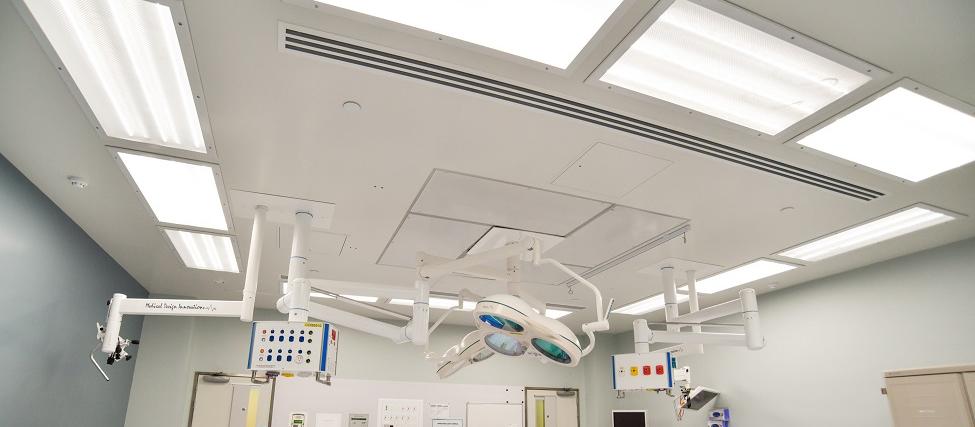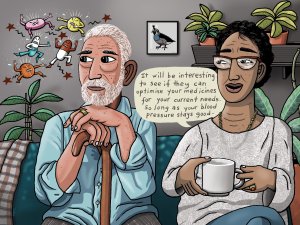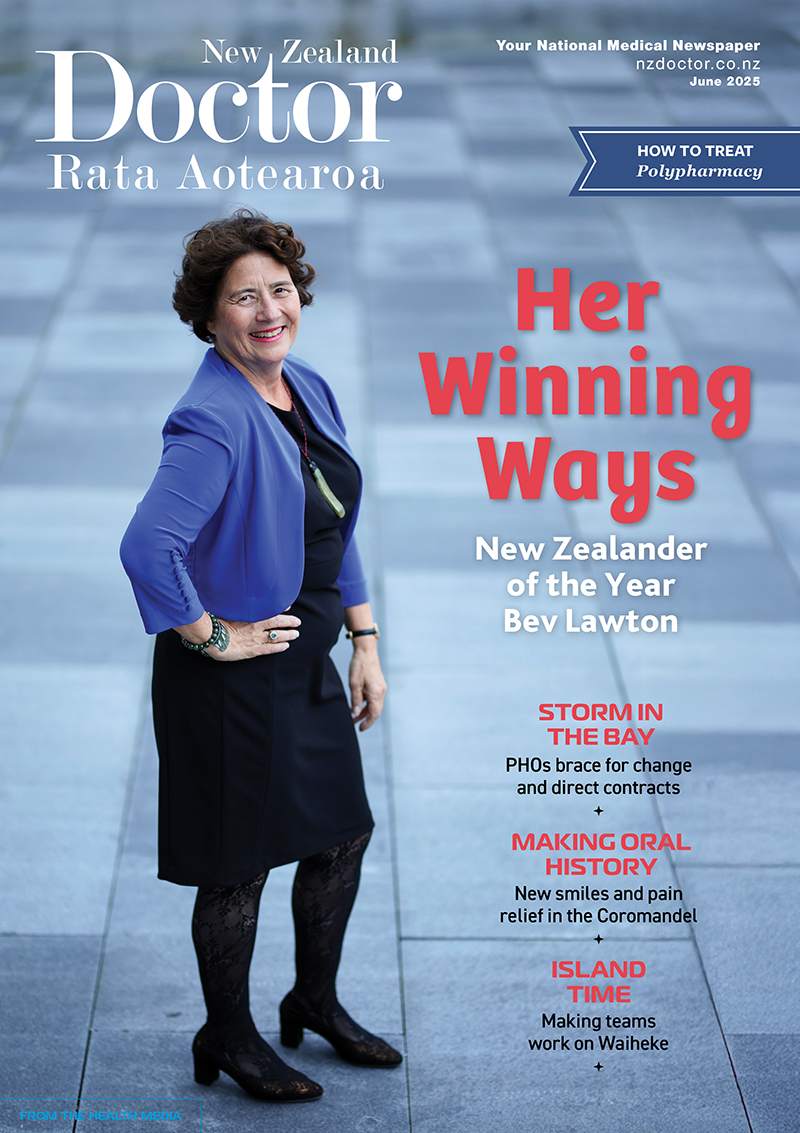For older people and frail people, the long-term benefit of medicines reduces and the potential for harm from adverse effects increases. When the benefit–risk balance changes in this way, medicine review and optimisation are important to simplify the therapeutic regimen, reduce inappropriate medicines and minimise risks. In this article, pharmacist prescriber Linda Bryant uses two case studies to illustrate important considerations during medicine reviews
Switched-on energy savings
Switched-on energy savings

Work to reduce energy use and adopt more sustainable practices has resulted in savings of more than $1.3 million over the past five years.
In 2013, Capital & Coast DHB embarked on a journey to create energy savings of up to 10 percent each year.
“Some of the changes we identified were surprisingly simple,” said Sustainability manager Valentino Luna Hernandez.
“One of these involved installing LED lighting in many of our corridors which, although only a small change, is saving us approximately $37,000 annually.”
Work to steadily upgrade heating, ventilation and air-conditioning systems has – along with the changes to lighting – also seen the DHB’s carbon footprint reduce by over 980 tonnes per year.
The DHB’s latest energy efficiency project involves installing new cyanosis LED tubes in 15 of Wellington Regional Hospital’s operating theatres (image attached). This work was co-funded by the Energy Efficiency and Conservation Authority (EECA) Technology Demonstration Funding, as the lights had not been put to work in New Zealand before.
“The new tubes have enabled us to save around $2000 in just a couple of months, and are expected to save us around 60,000 kilowatt hours – and many thousands of dollars – each year across all theatres. That is the equivalent to the power use of 10 average New Zealand homes.
“With the tubes having a longer lifespan than the previous fluorescent lights, we’ll achieve additional cost-savings on maintenance – and, more importantly, there will be less disruption to theatres.”



